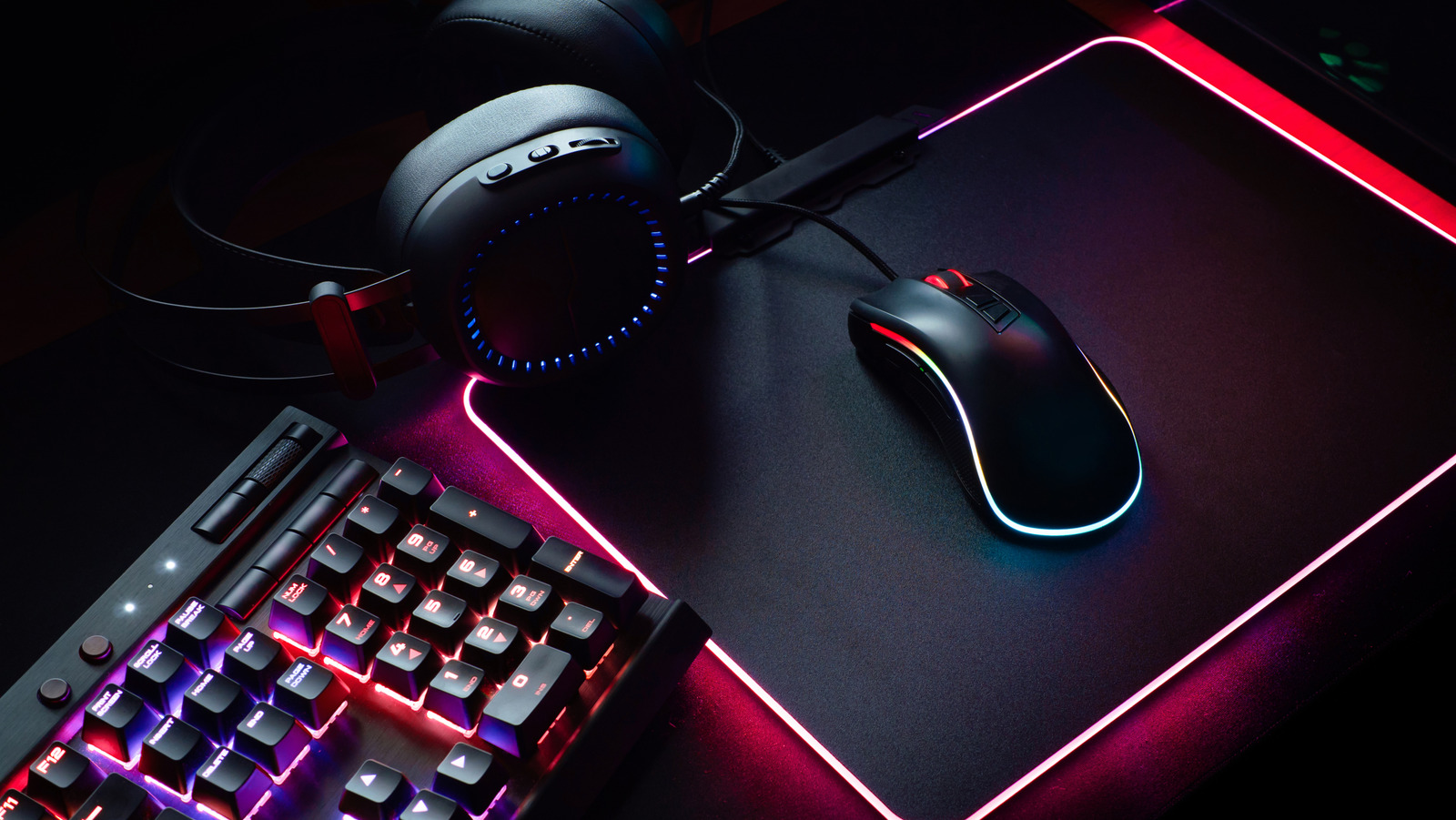
9 Gaming Accessories Proven To Actually Make A Difference
- 23.03.2025 14:42
- slashgear.com
- Keywords: RGB, Market Growth
The article highlights gaming accessories that genuinely enhance performance beyond aesthetics. Mice with programmable buttons, mechanical keyboards, high-refresh-rate monitors, and advanced graphics cards offer tangible benefits for gameplay. While some products like RGB headsets or mouse pads may prioritize style, others provide functional improvements that make a significant difference in gaming experience.